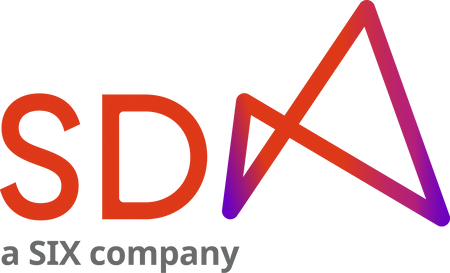The advantages of digital securities are manifold; some of the key benefits include more efficient transactions, easier asset servicing, and increased asset transparency through data natively embedded in the tokens. However, digital securities – in particular non-crypto digital assets – face a starting problem. For digital securities, there is no institutional regulated infrastructure, no institutional liquidity, with a scarcity of issued digital assets in circulation.
What is a platform?
In its simplest form, a platform is an entity built to match users to facilitate the exchange of goods, services, or assets, thereby reducing market frictions, leading to value creation for all participants Successful platforms usually differentiate themselves by..

